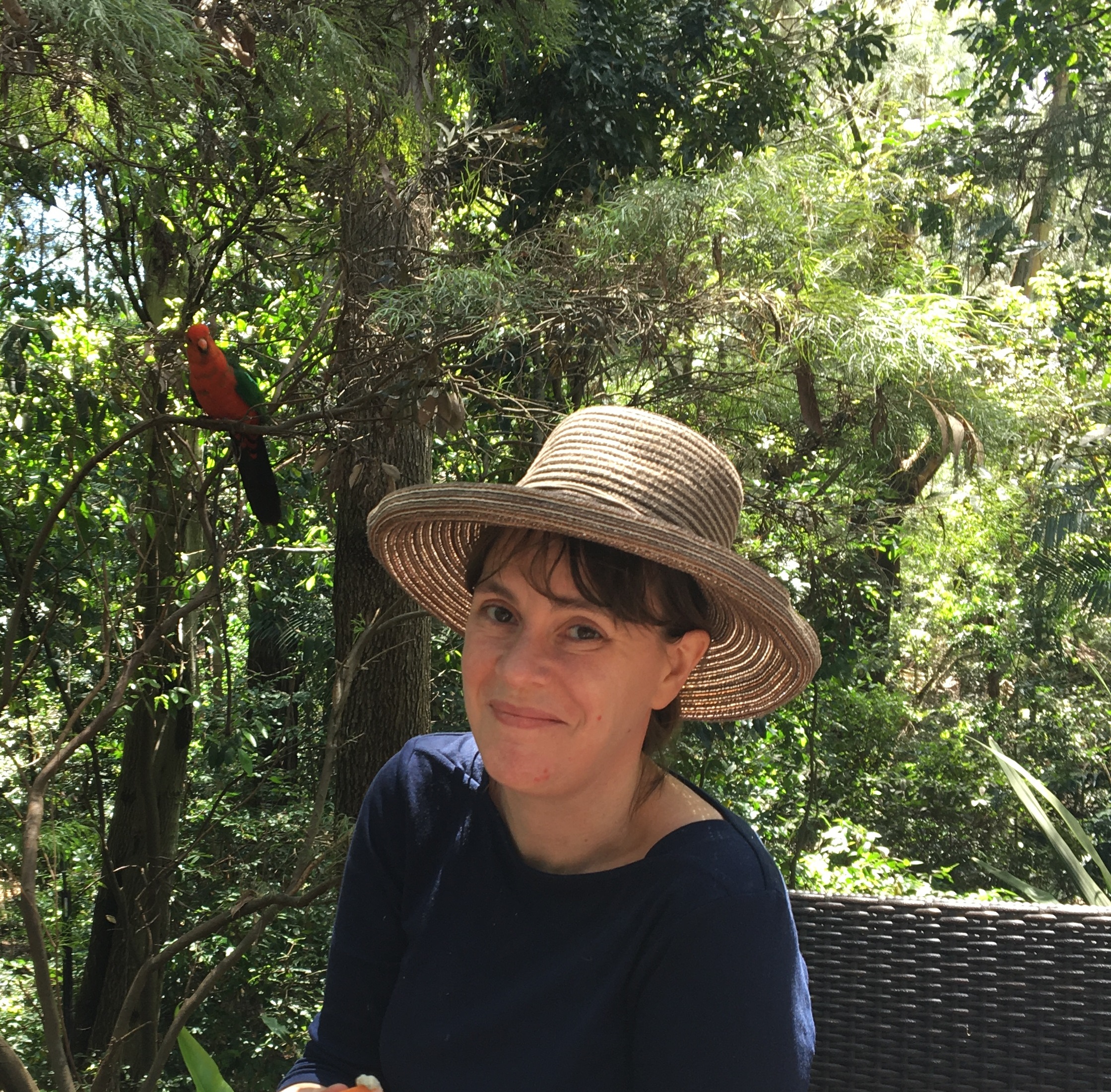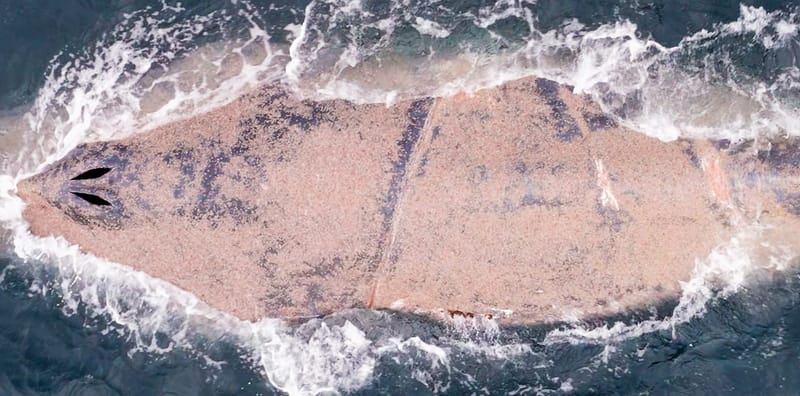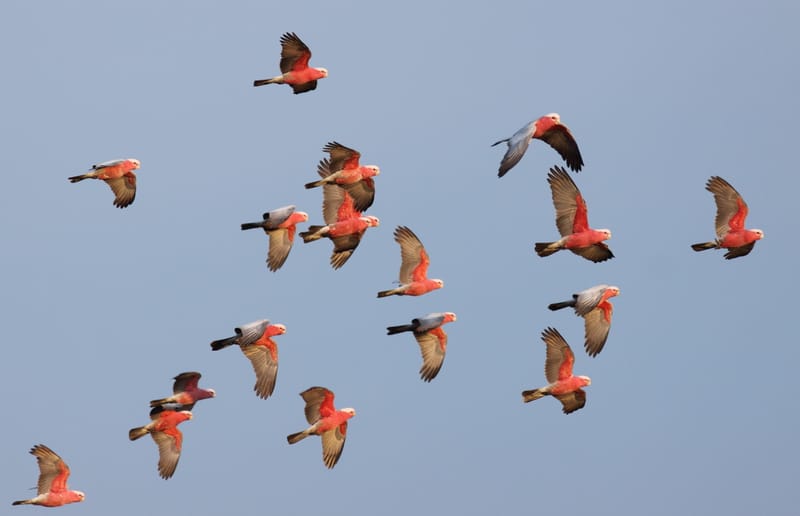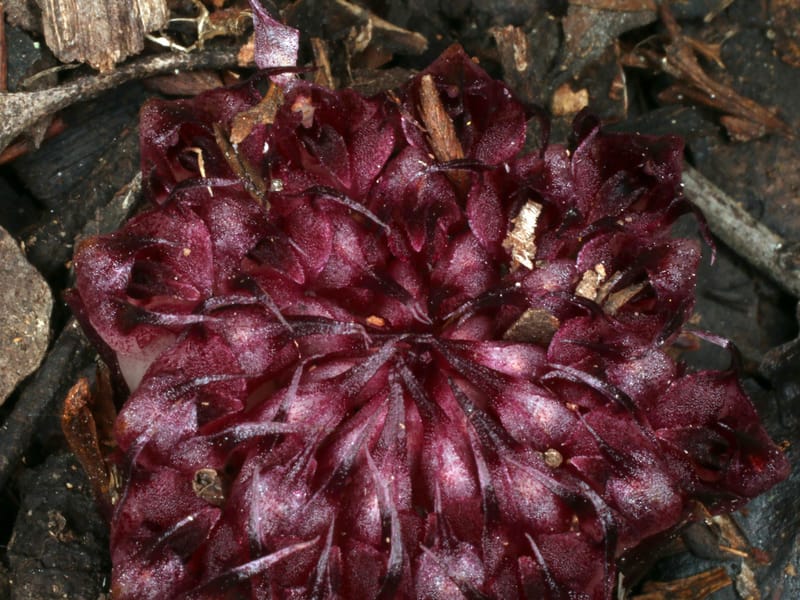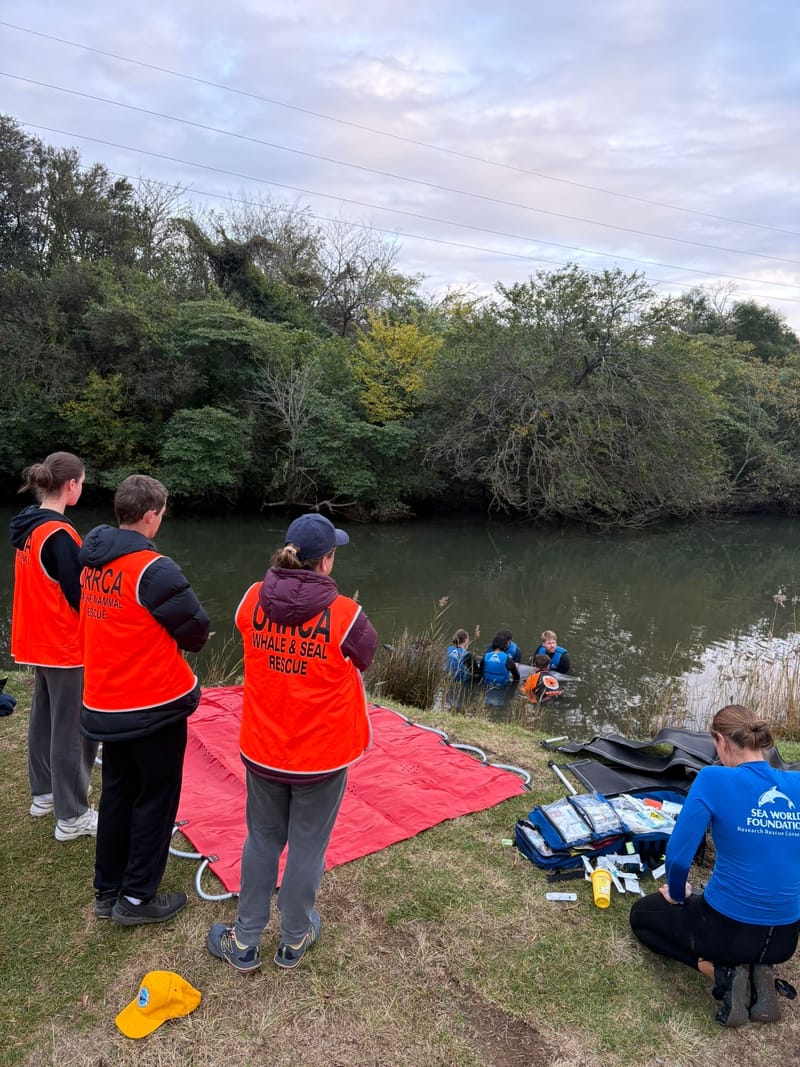Gotta pick a Pollia or two
In yet another period of intense rainfall, with local flooding, landslips and heavy erosion, we're all wondering about what the best steps are to prevent further erosion and destruction. It's a hard time for many, with a lot of damage to homes...
In yet another period of intense rainfall, with local flooding, landslips and heavy erosion, we're all wondering about what the best steps are to prevent further erosion and destruction.
It's a hard time for many, with a lot of damage to homes, gardens and infrastructure across the region, and there's no denying that for the worst-affected areas, just patching in a few plants won't be sufficient. That said, in local restoration and conservation efforts, there are local species that can be very useful.
One of them is featured this week, Pollia (or Pollia crispata), a low-growing and spreading succulent plant that can cover large areas of bare soil quickly.
Pollia is a very common plant across the Illawarra, preferring damp rainforest areas, including along the creeks that run from east to west of the region. It does not have a deep or fibrous root system, meaning it doesn't hold soil together particularly well. But its dense growth habit means that established plants can help prevent erosion by slowing the velocity with which raindrops hit the soil slopes, as the raindrops fall first on the leaves before dropping to the lower vegetation and soil below.
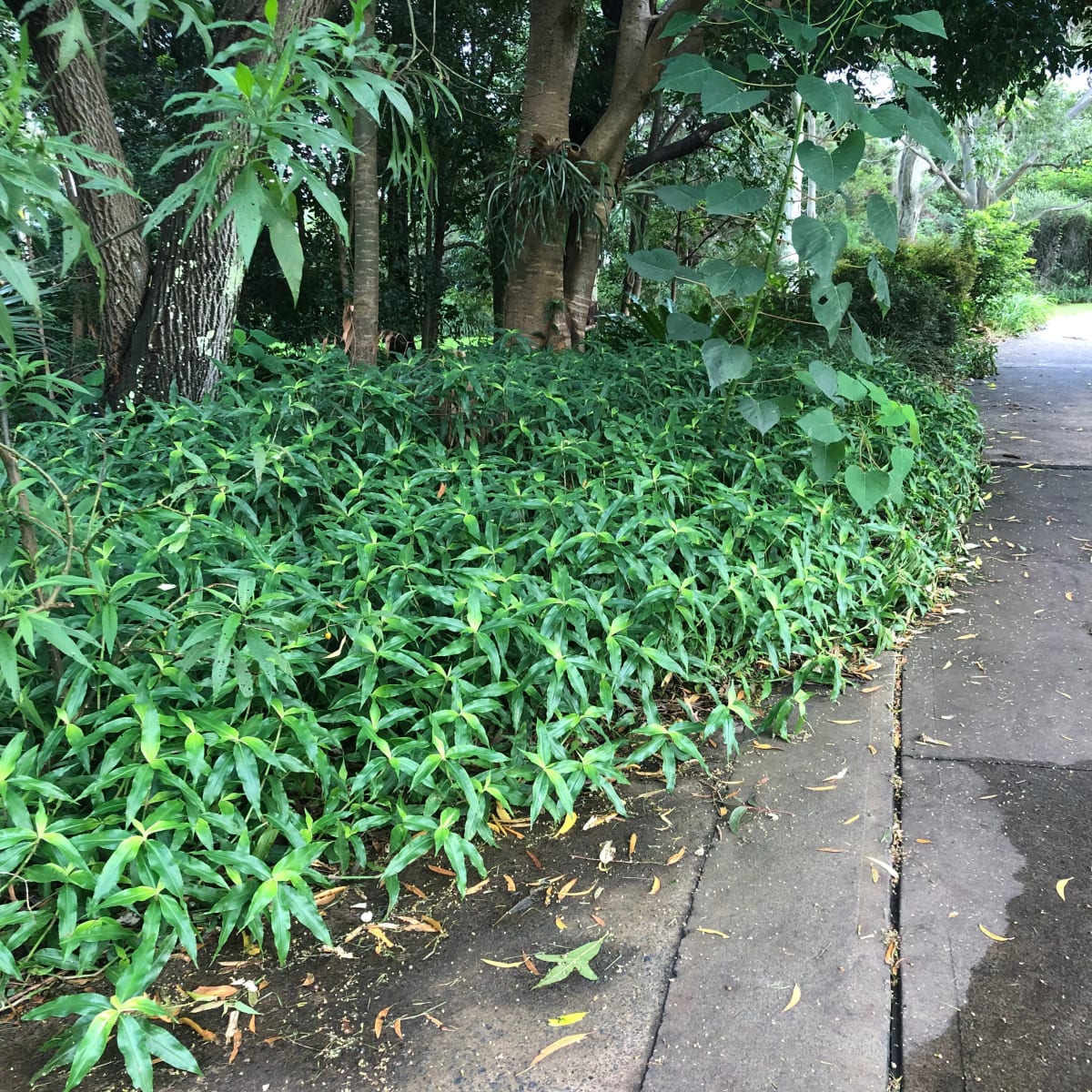
You can see Pollia growing in almost any local rainforest situation. The Wollongong Botanic Garden is an easy place to spy it, as it's common right along the paths in the northern parts of the garden, particularly the Woodlands area just south of Northfields Avenue.
I've often been asked if Pollia is a weed, which is a fair question. It is fast-growing and extremely vigorous, and it looks quite like one of our most notorious local invasive species, the dreaded Trad (Tradescantia fluminensis).
But, while it's in the same family as Trad (Commelinaceae), it is most definitely not a weed. And it will do a power of good in a damp or rainforest garden situation, maintaining soil moisture in dry conditions, managing flood waters in wet, and providing habitat for many small lizards and frogs.
And while its flowers are not spectacular, they are pretty enough, and attract insect pollinators that in turn draw in insect-eating birds.
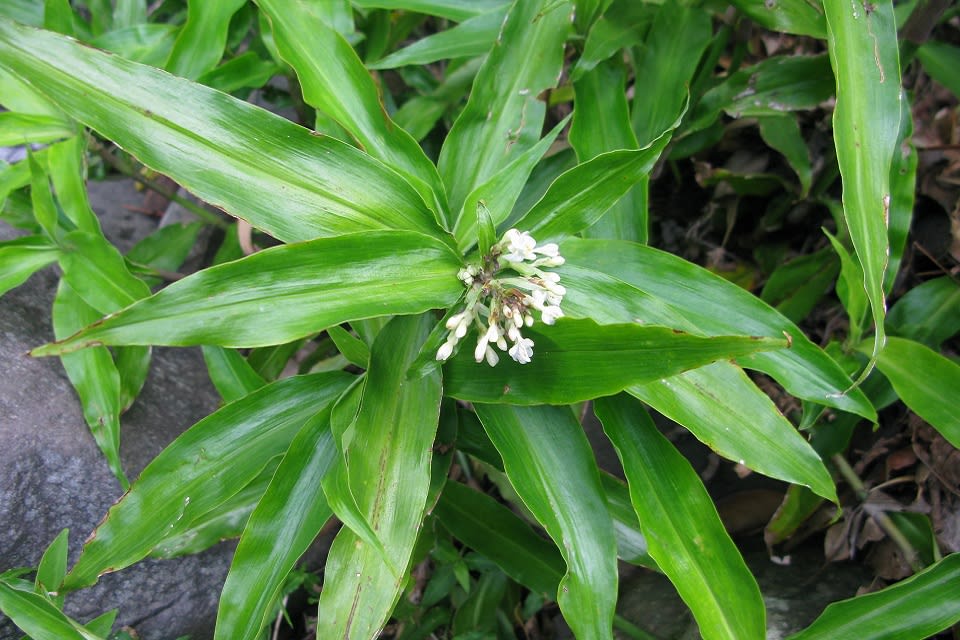
Pollia will contribute to biodiversity in almost any local area, as long as the conditions are damp and shady enough to suit it. Biodiversity bonanza will follow!

